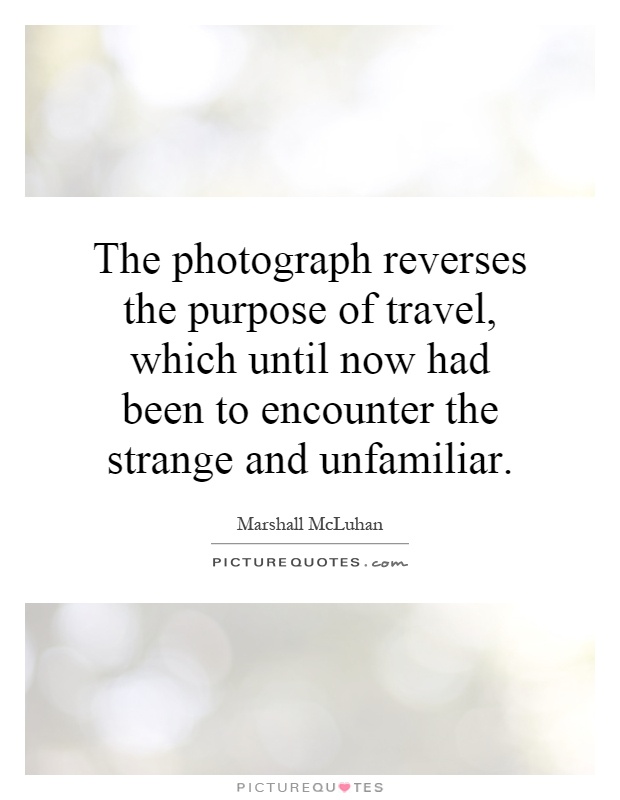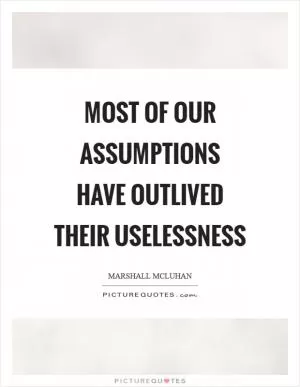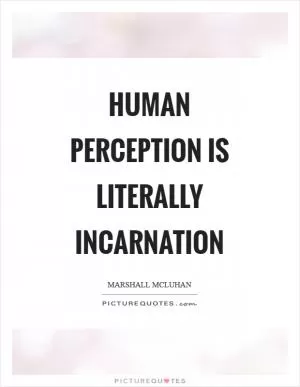The photograph reverses the purpose of travel, which until now had been to encounter the strange and unfamiliar

The photograph reverses the purpose of travel, which until now had been to encounter the strange and unfamiliar
Marshall McLuhan, a renowned media theorist, famously stated that "the photograph reverses the purpose of travel, which until now had been to encounter the strange and unfamiliar." This statement holds a profound truth about the impact of photography on our perception of the world and our relationship with it.Traditionally, travel has been seen as a means of exploring new cultures, landscapes, and experiences. It was a way to step out of one's comfort zone and immerse oneself in the unknown. However, with the advent of photography, this dynamic has shifted. Instead of physically traveling to distant lands to encounter the strange and unfamiliar, we can now do so from the comfort of our own homes through the lens of a camera.
Photography has the power to transport us to places we may never have the opportunity to visit in person. Through a single image, we can be exposed to different cultures, traditions, and ways of life. We can witness the beauty of far-off landscapes, the diversity of wildlife, and the intricacies of human emotion. In this way, photography has become a tool for expanding our horizons and broadening our understanding of the world.
However, McLuhan's statement also raises questions about the authenticity of these virtual experiences. Can a photograph truly capture the essence of a place or a moment in time? Does viewing an image of a foreign land provide the same depth of understanding as actually being there in person? These are important considerations to keep in mind as we navigate the digital age and rely more and more on images to shape our perceptions of the world.












 Friendship Quotes
Friendship Quotes Love Quotes
Love Quotes Life Quotes
Life Quotes Funny Quotes
Funny Quotes Motivational Quotes
Motivational Quotes Inspirational Quotes
Inspirational Quotes